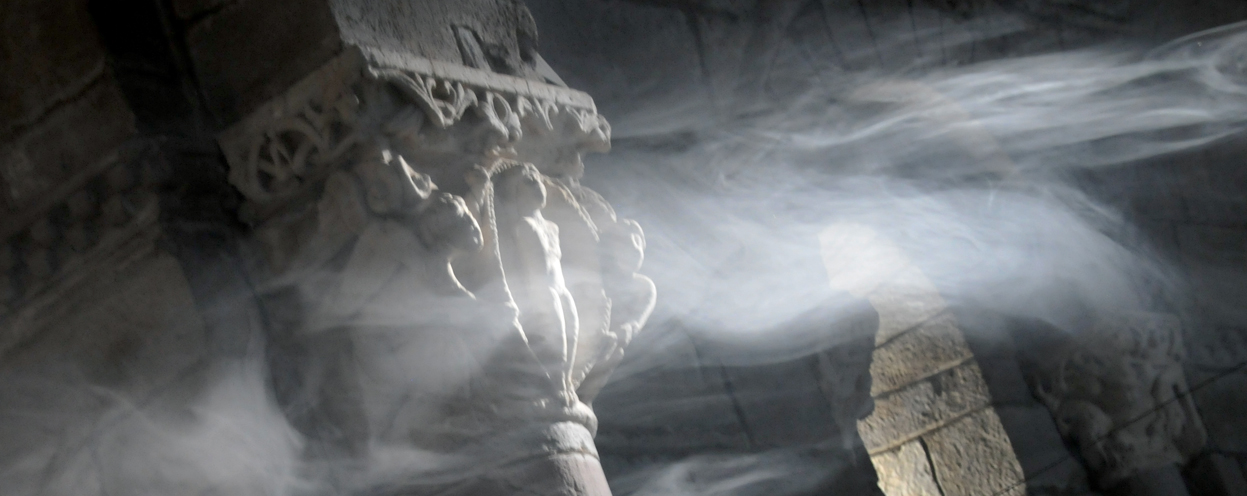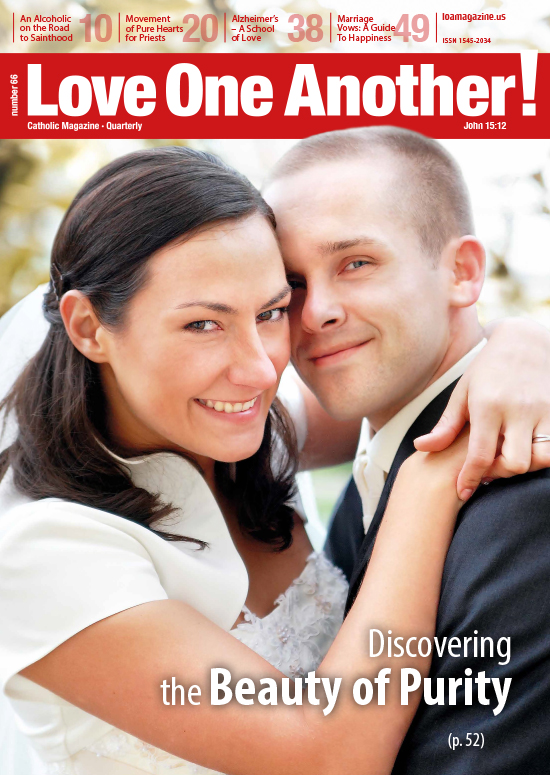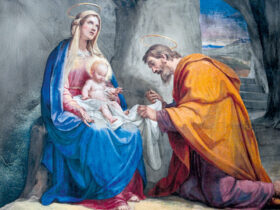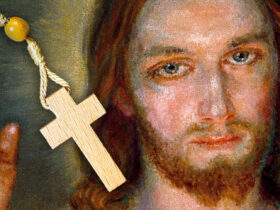The Middle Ages vs. the Enlightenment

Among the most enduring deceptions relating to the history of Europe is the characterization of the Middle Ages and the Era of Enlightenment as periods of darkness and light respectively. This mystification endures to the present day. In point of fact, it was the Enlightenment that was largely responsible for spreading the dark myth of the Middle Ages.
To the enlightened elite of the eighteenth century it meant little that the Middle Ages had given Europe institutions such as the university, the hospital, and a judiciary that drew on the rich legacy of Roman law; or that the Middle Ages had restored to the collective memory of Europe the philosophical patrimony of her ancient thinkers (chiefly Plato and Aristotle). None of this seemed to matter; instead, the Middle Ages was broad-brushed as an era of rank ignorance and brutishness. To lend support to this view, they trotted out—while quick to distort and falsify the actual state of affairs—the Inquisition and the Crusades as evidence of that brutal age. (LOA readers will now be familiar with these distortions of the historical events).
The truth of the matter is that the Middle Ages was a time when the people of Europe were building their civilization on the foundations of the Gospel as proclaimed and taught by the Church. This period saw the construction and growth of christianitas— Christian Europe or Christendom, a Europe truly united—not by top-down fiats or doubtful referendums but as the result of the painstaking labor of many generations. Among the factors contributing to the unity of Christendom were: the great monastic orders (the Cluny Benedictines, the Cistercians, and later the mendicant orders); the Latin language—the common tongue of the intellectual and political elite; and her shared customs (e.g. the Code of Chivalry observed by the knightly order throughout Europe). We also need to emphasize something the architects of so-called enlightened eighteenth-century Europe sorely lacked—humility. The medieval builders of civilization (there was no shortage of saints among them: St. Benedict of Nursia, the Irish-Scottish monks, SS. Columba and Columban, St. Thomas Aquinas—to cite a few) were keenly aware that their achievements were not just the result of their own efforts, but rested in good measure on the accomplishments of earlier generations. The twelfth century bishop, Ivo of Chartres, expressed this truth beautifully. Under his tenure the cathedral school at Chartres became one of the leading centers of learning—not only in the field of philosophy, but also the exact sciences. Of himself and his contemporaries, he said, “We are dwarves standing on the shoulders of giants.” For the Middles Ages, these “giants” were the greatest figures of the ancient Greco-Roman civilization: Plato, Aristotle, and the architects of the Roman law. The fact is that the Middle Ages drew enthusiastically on the works of these pagan thinkers, while assessing and adapting this legacy in the light of the Gospel and Church teachings.
But the eighteenth-century elite proceeded in the very opposite direction. Their overarching goal was to remove the cement that had held Europe together for so many centuries; in effect, to destroy the unity fashioned by the Middle Ages, created and upheld by a community of Christian nations, albeit now crippled by the religious and political strife resulting from the Reformation. Hence the concerted propaganda attack (it would be hard to call it principled historical criticism!) launched by the Enlightenment philosophes. The use of the italicized term is doubly deliberate, since men like Voltaire, Diderot, and Rousseau were not philosophers at all. They were largely self-taught and lacked rigorous formation. They were pamphleteers rather than mature thinkers. To rank them with such philosophical minds as St. Anselm of Canterbury, St. Thomas Aquinas, and St. Bonaventure would be like ranking pygmies with giants.
The Enlightenment philosophes illustrate the old truth about looking for the mote in the neighbor’s eye. The very ones who inveighed against the ignorance of the medieval scholastics could hardly boast of any interesting or lasting output themselves. The Encyclopedia is commonly believed to be their flagship work. But, according to the great French historian and Academician, Pierre Gaxotte: “The Encyclopedia is a collection of curiosities abounding in mistakes and useless information. The level of scholarship and its presentation is uneven. Good articles jostle with entirely meaningless ones; there are even occasional reprints of third-rate works.” The entry “France” serves as an example of the Encyclopedia’s haphazard standards of scholarship: “I feel completely relieved of the need to describe in detail the current state of this kingdom. After all, we can all see it for what it is.”
What then was the significance of the Encyclopedia, given its mediocre scholarly standards? Enlightenment circles looked favorably upon the Encyclopedia mainly because it emphasized what lay at the core of Enlightenment ideology and shaped the program of so-called enlightened Europe: an aversion to all things supernatural, particularly revealed religion—in a word, Christianity.
Not surprisingly, even as the Enlightenment philosophes mounted this concerted attack on Christianity, the salons of eighteenth-century Europe enjoyed a veritable boom in all manner of superstitious practice. The very ones who called themselves learned and scoffed at the backwardness of the Middle Ages were not only listening to, but spending fortunes on, fraudsters and swindlers such as Count Balsamo and Count Saint-Germain, who claimed to have the secret of transforming base metals into gold and concocting “an elixir of immortality”—all this learned, of course, from the ancient Egyptians. As G.K. Chesterton put it: “The tragedy is not that people believe in nothing; the real tragedy is that they are ready to believe in anything.”
The catchphrases “tolerance,” “freedom of speech,” and “respecting the views of others” never left the lips of the creators of Enlightenment ideology. They demanded these things for themselves, but those whose opinions differed from their own they repaid in a different coin. Voltaire wrote to his fellow Encyclopedists: “We must not hesitate to malign any author who thinks differently, to allow the venom of suspicion to ooze forth. Let people discover the baseness of our opponent. Let us show him up in the worst light.”
The philosopher-Encyclopedists took their mentor’s directive to heart. Diderot and D’Alembert once visited M. de Malesherbe, Louis XV’s minister overseeing the state censor, to demand strict censorship of authors who disputed the theses of the Encyclopedia. Father Morellet, who witnessed this meeting, noted in his memoirs that, on being refused by the minister, D’Alembert “swore at him furiously.” And yet this very Encyclopedia, authored by those who demanded the censorship of opposing views, states that a country in which people may not think for themselves or express their thoughts in writing is doomed to fall into doltishness, prejudice, and superstition.
The Enlightenment philosophers were masters of self-promotion or, as we say today “creating your own image.” In the salons of Europe they were feted as “friends of the people,” “independent thinkers” and “opponents of the ancien regime.” In reality, they craved and sought out recognition—be it in the salons, or better still, from crowned heads. Their sycophancy knew no limits, extending even to absolute rulers who oppressed their subjects with far greater severity than the French monarch, whom the philosophes accused of despotism. Voltaire honored Frederick II of Prussia with the title “philosopher-king.” Upon Catherine II—Russia’s despotic Empress who spared no bloodshed in suppressing the peasant uprisings in her domain—Diderot bestowed the charming epithet “Semiramis of the North.”
Inveighing against their own monarch’s every real or imagined transgression of the law, the philosophes conducted themselves altogether differently when it came to their foreign admirers. Voltaire gave a revealing example of his double moral standard in his attitude toward the partition of Poland. One would have expected this outrage perpetrated against the Polish-Lithuanian Commonwealth to provoke a vigorous protest from the undisputed leader of Europe’s enlightened elite. But Voltaire’s friendly relations with Frederick II—the initiator of the First Partition—and the philosopher’s own antipathy toward Catholic Poland proved stronger, prompting him to put an entirely different construction on the seizure of Poland’s lands by her three powerful neighbors.
In the end, Voltaire’s reaction to the insurgent efforts of the Bar Confederation (1768–72) was no surprise. The purpose of the confederation was to protect not only the Polish Commonwealth but also the endangered Church. As a pretext for interfering in the internal affairs of the Commonwealth, Russia and Prussia cited the imperiled rights of Poland’s “dissenters”—i.e. Protestant and Orthodox minorities. Voltaire swallowed whole the powers’ cynical ploy; and so, under the pretext of defending the dissenters’ threatened rights in Poland, the three powers proceeded to enslave her people.
The author of the Treatise on Tolerance (one of Voltaire’s flagship works) would write to the Bar Confederation: “You complain that the Empress [Catherine II] sent 30,000 soldiers to your country and ask by what right she does this. Here is my answer: by right of doing good whenever it is possible.” Earlier (in December 1766), Voltaire had written to the Empress: “The efforts of Your Imperial Highness aimed at returning freedom of conscience to Poland are a blessing, which the human race ought to praise.”
In November 1772, once the partition of Poland had become fact, Voltaire wrote to his friend, Frederick II of Prussia: “They say it was you who conceived the idea of partitioning Poland. I believe it, because it was a stroke of genius.”
To comment further would be superfluous.
Grzegorz Kucharczyk
(translated by Alicja Kozłowska)






